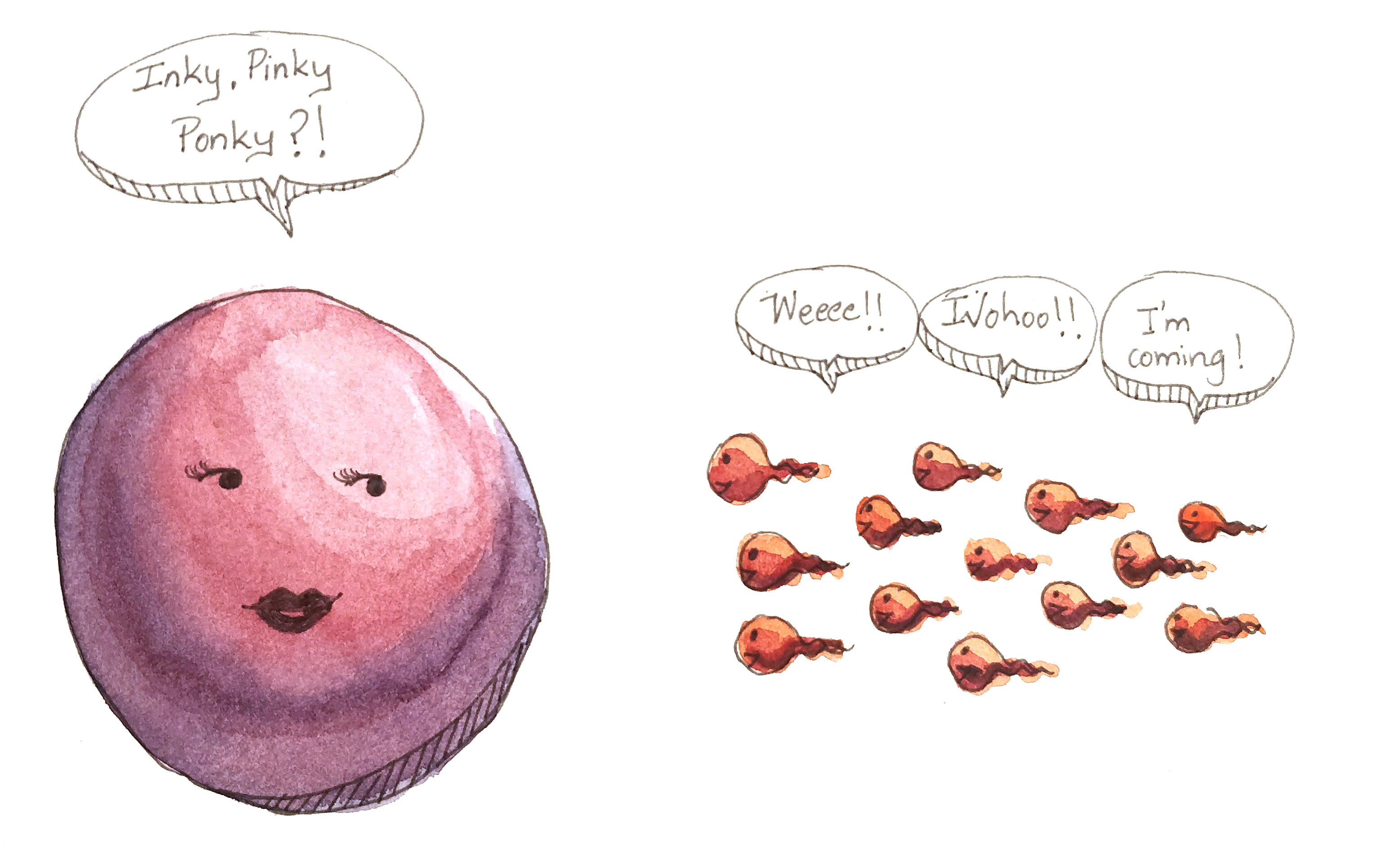Why are there males and females
 Image credit: ©️ Roisin Callaghan
Image credit: ©️ Roisin Callaghan
It is Friday night: a nice bar, no work to do and not a single worry in your head. Until that guy comes. By the way he looks, smells, and walks, there is no doubt; he is as stoned as he will ever be. Two things are inevitable: his stupid question and your sighing. “Man, man. Why are there males and females? You know, why two sexes and not one… or three?”
Of course, you are smart enough to quickly change the topic and proceed to have a great time. However, when finally home and trying to sleep… it is not possible to get the thing out of your head. We simply accepted that some animals are called male, and others female, without asking what those words really meant. But what is the essence of maleness? What, at bottom, defines a female?
We as mammals have no doubt: possession of a penis, bearing of the young, certain chromosomal features and so on are characteristics that define our sex. These criteria are well and all until you realise that it does not work in general. You will never hear: “Oh, look at these oak’s enormous breasts, it must be a female!”. As a matter of fact, there is only one fundamental feature of the sexes that can be used to label males as males, and females as females, throughout animals and plants. The so-called ‘gametes’.
Gametes are sex cells. Male gametes are much smaller and numerous than females’. This is true no matter the context, and it defines sex at a fundamental level. The difference is especially pronounced in reptiles and in birds, where a single egg cell is big enough and nutritious enough to feed a developing baby for several weeks. Even in humans, where the egg is microscopic, it is still many times larger than the sperm. Still, I suspect that our stoned friend would not be satisfied with a simple definition. How did this come to be, why are there even males and females?
 |
|---|
| ©️ Roisin Callaghan |
To answer that question, we have to assume a world without sex distinction, a world of isogametes (all gametes would be identical). If this scenario is unstable, meaning that it naturally evolves to a scenario with sex distinction, then we will have found a reason for males and females to exist. When two isogametes fuse, both contribute equal numbers of genes to the new individual, and they also contribute equal amounts of food reserves. Conversely, even though sperms and eggs contribute equal numbers of genes, eggs contribute far more in the way of food reserves, and this difference is key.
The isogametes world is unavoidably unstable. Errors when replicating gametes do exist, and consequently there will be gametes slightly different than others. In some respects a big isogamete will have an advantage over an average-sized one, because its embryo would get a larger food supply. Therefore, there might be a trend towards bigger gametes. But there is a catch! This trend is open to exploitation. Individuals who produce smaller than average gametes can cash in when fusing with these big gametes. Without investing too much in gametes production, they get the extra-food benefits. Natural selection will favour the production of sex cells that are small and that actively seek out big ones to fuse with.
So we can think of two divergent sexual ‘strategies’ evolving. There is a large-investment or ‘direct’ strategy. This automatically opens the way for a small investment exploitative strategy. Once the divergence between the two strategies starts, it continues in a runaway fashion. Medium-sized intermediates would have been penalized, because they did not enjoy the advantages of either of the two more extreme strategies and would eventually have disappeared. And just like this, the concept of male and female comes to make sense.
In conclusion, because the world is not perfect, there are replication errors. Because the world is not fair, a direct strategy (females) will always go with an exploitative strategy (males). So next time your stoned friend comes to you in search of deep and meaningful answers, you can 1) explain the origins of sex distinction or 2) change the topic and proceed to have fun.